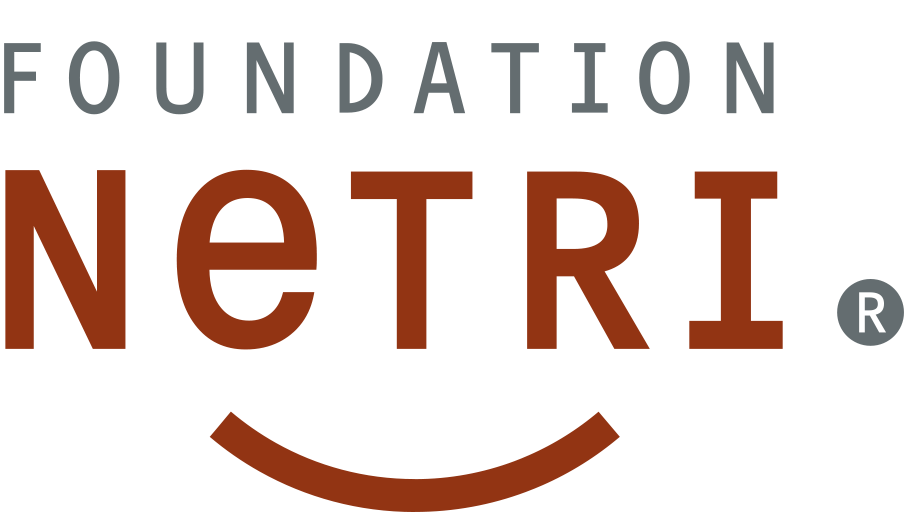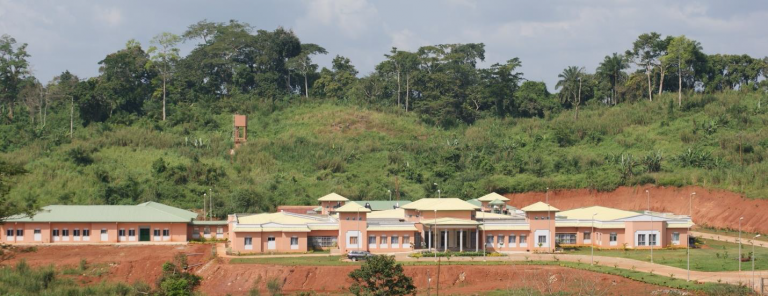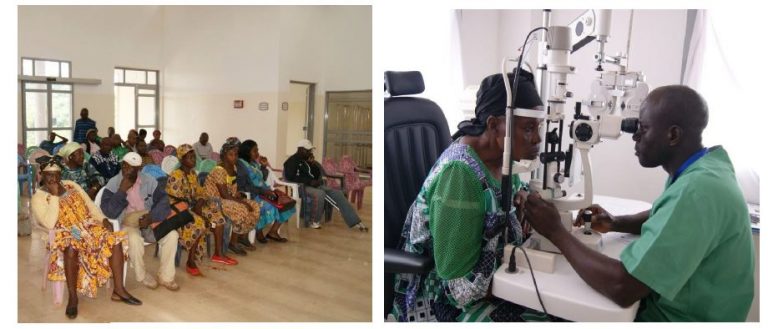Reduction of the incidence of preventable blindness
Cameroon, 2018
Social Issue
Cataract blindness and visual impairment pose a major challenge to public health in sub-Saharan Africa. The proportion of people affected by blindness and other eye disabilities in the region is estimated to be twice the average for the rest of the world. It is estimated that in Cameroon, 48,000 surgical operations are required per year to treat new cataract cases, which add up to the 115,000 who are waiting for their intervention. There are only three ophthalmologists for every million inhabitants in the country, compared to the world average of 31.
Our Response
Africa Eye Foundation (AEF) is a non-profit organisation whose goal is the prevention of blindness and visual impairment throughout Africa. This foundation has already arranged more than ten million dollars to put into operation the Magrabi ICO Cameroon Eye Institute (MICEI) hospital in Yaounde, which opened in March 2017.
MICEI’s operating model is based on that of Aravind Hospital in India. It is a very successful sustainable model that has already helped millions of poor people regain vision through free or subsidised cataract operations. This model is based on the fact that clients who can afford the cost of the operation cross-finance the interventions of those who cannot afford the surgery.
Replicating Aravind’s model, a large part of the patients will come from rural areas. Through outreach programs to identify people who need these interventions, transportation is offered to the hospital where they will be operated.
This Netri investment is part of a highly innovative initiative in which several ophthalmology experts and impact investors have come together to provide a $ 2 million loan to MICEI to facilitate up to 18,000 cataract operations in Cameroon over five years. OPIC, the United States government development finance institution, is the primary lender.
If the hospital successfully meets the goals, a coalition of three nonprofits – the Conrad N. Hilton Foundation, the Fred Hollows Foundation and the Sightsavers – will pay investors and provide an incentive to the hospital. Volta Capital is the intermediary that helped structure the contribution and will continuously manage the loan during the life of the investment.
Expected Social Impact
Thanks to Netri’s investment, 375 people have already regained their vision.
The objectives agreed between all the collaborators of the project are to reach 7,000 people operated from cataracts by the end of the third year and 18,000 people by the end of the fifth.
In addition, to assess the quality of the interventions, it is necessary for MICEI to obtain a positive result of 50% the day after surgery. This criterion is based on studies and methodologies approved by the WHO that determine the quality of operations, especially for patients who do not return for reviews because they live far from the hospital.


